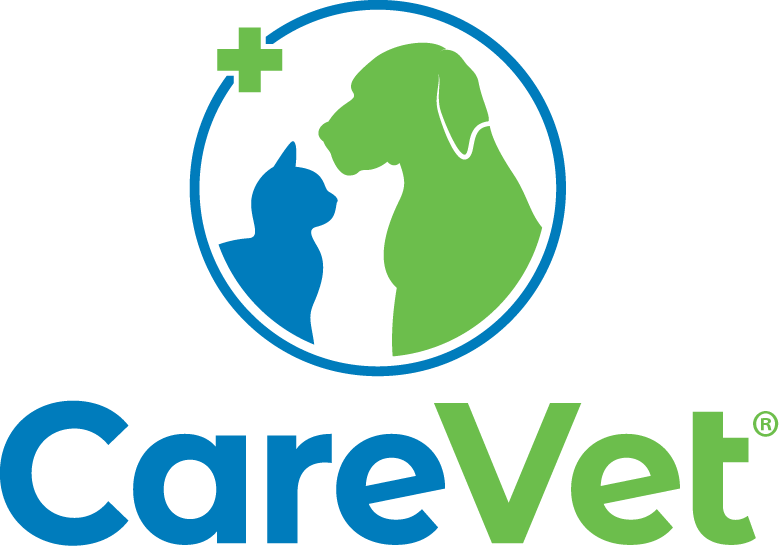Building a flourishing culture at your hospital can be one of the most challenging aspects of managing your team. With so many individual talents and personalities at play, developing common ground between team members is no easy task. We spoke with Meghan Ballou of Amity Woods Animal Hospital & Lodge and Shoal Creek Animal Hospital & Lodge in Kansas City, MO about her experience in developing a strong culture across the two clinics.
Meghan joined Shoal Creek Animal Hospital & Lodge shortly after their opening in 2008 as a lodge supervisor, which she shares is the coolest job she’s ever worked. The managing DVM and lodge manager of the hospital guided her through day to day operations, imparting wisdom that impacted her perspective on mentorship and strong leadership. As she learned from these leaders, Meghan grew to understand the importance of a welcoming, family-like environment that fosters individual growth through communication and respect.
Today, Meghan manages a team of over 80 individuals across two thriving hospitals ranging from veterinarians, technicians, veterinarian assistants, customer service representatives and lodge and kennel staff. Though challenges arise, especially during uncertain times such as those presented by the COVID-19 pandemic, Meghan uses various strategies to maintain a strong culture of respect and common purpose across her entire team. She stresses that communication is essential when creating a welcoming environment for all teammates. Listening, understanding, and remaining proactive about any concerns are all vital in creating a space where team members feel heard and valued. She prioritizes team members’ ideas, taking action on their feedback where it is possible. She recognizes that when individuals feel heard and share a common purpose, they feel like they are part of something bigger than just a day job.
Meghan notices that encouraging healthy communication between team members has been effective in creating a thriving, “family-like” environment. She recommends investing in activities, tools and time to foster communication and build bonds amongst staff including:
- Technology
There are several workplace chat tools including Whatsapp, Facebook Workplace, Slack, etc. that will can make communicating easier and more efficient than email. This medium provides a direct way for managers to quickly disperse information to employees, clarify misunderstandings and keep employees in the loop in real time. Additionally, it allows team members that may not feel comfortable voicing their opinions in person an opportunity to share their ideas online in a less direct fashion. Meghan’s teams are enthusiastic about sharing their ideas, personal experiences and industry insights, fostering an environment where team members feel appreciated and valued through sharing. - Team building events
Catered lunches, holiday parties or even work meetings can all be an opportunity for staff to bond and learn more about one another on a personal level. Investing in just a few events a year will result in shared experiences and oftentimes friendships amongst coworkers. Meghan comments that many of her team members enjoy spending time together outside of work, a testament to the vibrant friendships that have been built in the workplace. - Be clear and consistent
A little extra time and effort will go a long way when it comes to creating a culture of trust. Meghan has learned the importance of remaining consistent and transparent in her communication with team members to develop strong relationships. Many of Meghan’s team members look to her as a mentor because she has made them feel comfortable coming to her with any question or concern and receiving feedback from them openly, without judgement.
Building culture in your hospital is not a simple feat, however, prioritizing and investing in communication will provide you with a strong foundation. The teams at Amity and Shoal are united first and foremost through their commitment to animal health and wellness, but they are also dedicated members of something larger – a family.
